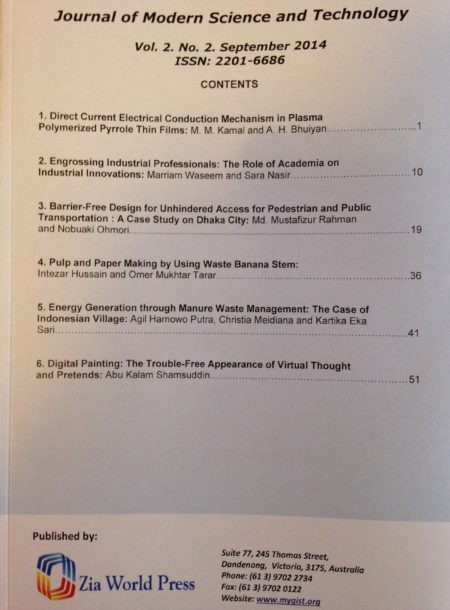Journal of Modern Science and Technology
Vol. 6. No. 3., September 2018, Pages: 13-24
Assembly Line Balancing Using ACO Algorithm and RPW Method: A Comparative Case Study
Khairun Nahar, Md. Ahasan Habib, Md. Ashraful Alam Nayon and Md. Mosharraf Hossain
Assembly Line balancing is one of the widely used basic principles in
production system which improves the throughput of assembly line
while reducing non value-added activities, cycle time and also
ensures maximization of labor efficiency. Line balancing problem
deals with the distribution of activities among the workstations for
large scale production so that there will be maximum utilization of
human resources and facilities without disturbing the work sequence.
In an industrial environment to make certain standardized
commodities it is assumed that operation times on the machines,
and the precedence relationship existing between the operations
which results from the technology of the production line and the cycle
time or the number of machines are known. This paper focuses on
minimization of the number of workstation and to maximize the
balancing efficiency by applying Ant Colony Optimization (ACO)
algorithm for the simple assembly line balancing problem. Besides
using fixed cycle time trial cycle time also used to obtain the
maximized output. The balancing efficiency have analyzed by
assigning each task to the workstation for every of the ranged cycle
time and finally concluded that the balancing efficiency is inversely
related to the idle time of an assembly line. Rank Positional Weight
(RPW) method is also used here to determine the desired findings.
Finally a comparison has been made between ACO & RPW and it is
found that when the cycle time minimum then balancing efficiency is
maximum if the number of workstation is unchanged.

